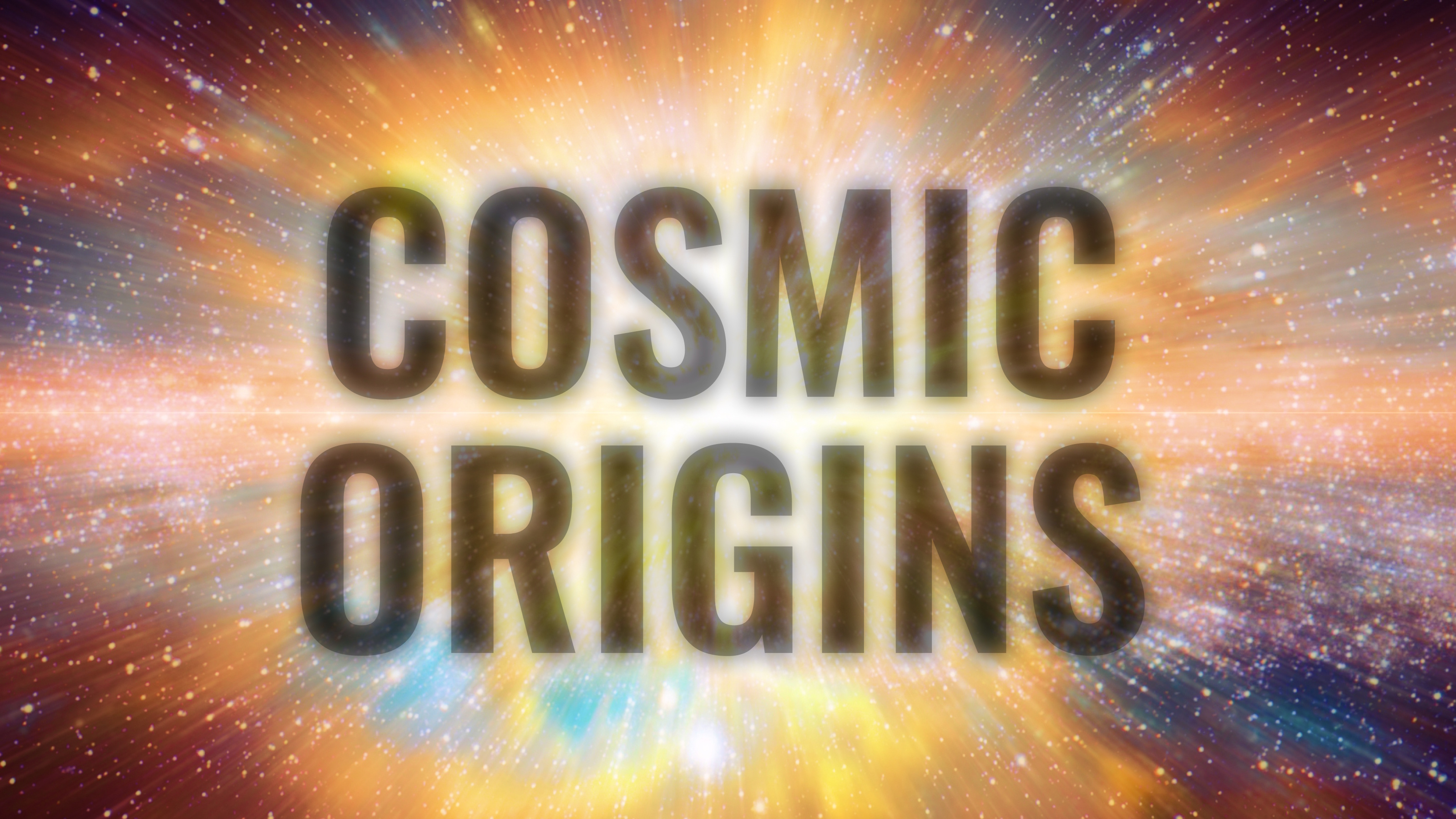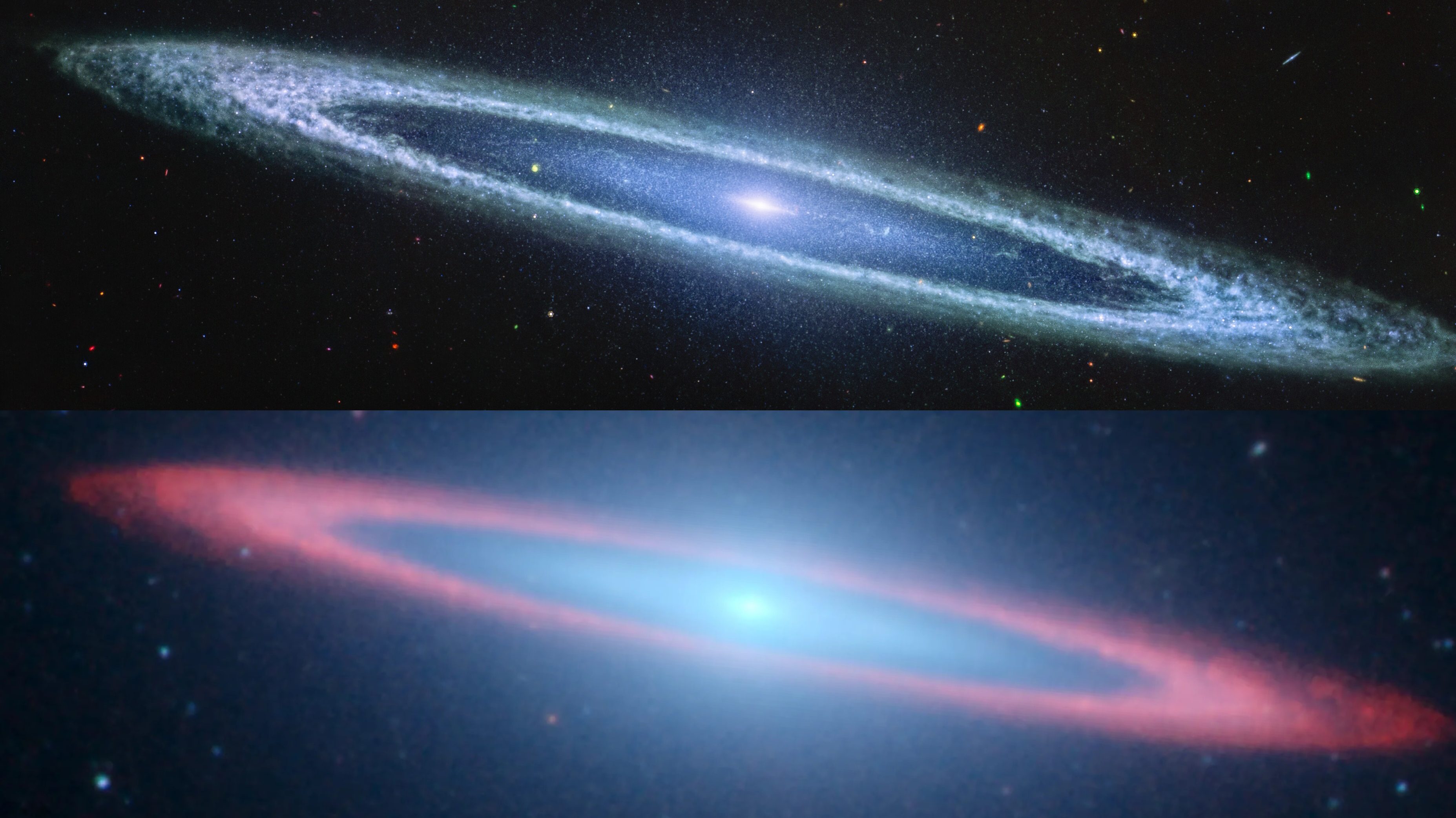Your 2019 Holiday Gift Guide For Space, Astronomy, And Science Lovers
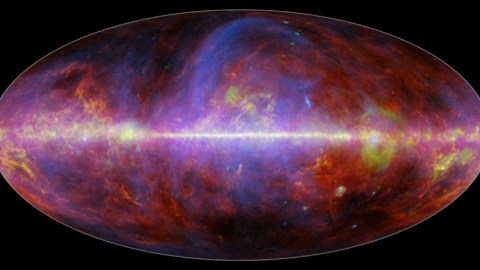
2019 offers an outstanding selection of books, accessories, and much more for the science-lover in your life!
With each passing year, a whole slew of new scientific discoveries, refinements, and improvements are revealed by our inquiries into the fundamental workings of the Universe itself. At the same time, these advances lead to new stories, products, and creative ways to share in the joys and wonders of knowledge and its ever-expanding frontiers.
If space, physics, astronomy, and the Universe are interests of yours, you’ll be ecstatic over this new list of potential books, gifts, and other accessories compiled just for you. (2018 and 2017 lists here.) Without further ado, here’s this year’s annual holiday gift guide for the science lover in your life!
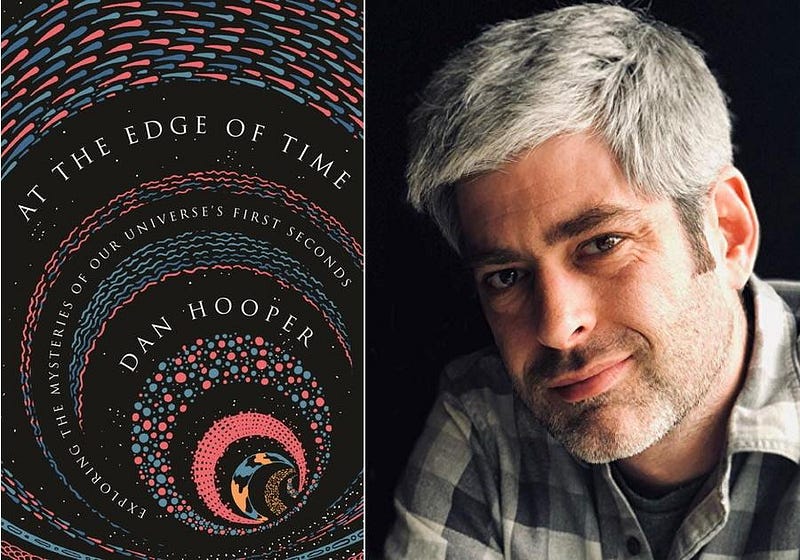
At The Edge Of Time, by Dan Hooper. This new book, out just a few weeks ago, is my favorite new science book of 2019. As a theoretical cosmologist, Dan is all the things I appreciate in a scientist who writes about his own research: he’s knowledgeable, comprehensive, and careful to get the details right. He has clear opinions and preferences, but is willing and able to push them aside in service of teaching the reader about the strengths and weaknesses of a variety of perspectives on a myriad of issues at the frontiers of physics.
If you’re mystified and curious about the mysteries of the Universe, including dark matter, dark energy, and cosmic inflation, and want a unique take on all of these puzzles with a peek behind how science-in-action works, you won’t want to miss this book. (I liked it so much that Dan is going to be my next upcoming guest on the Starts With A Bang podcast!)
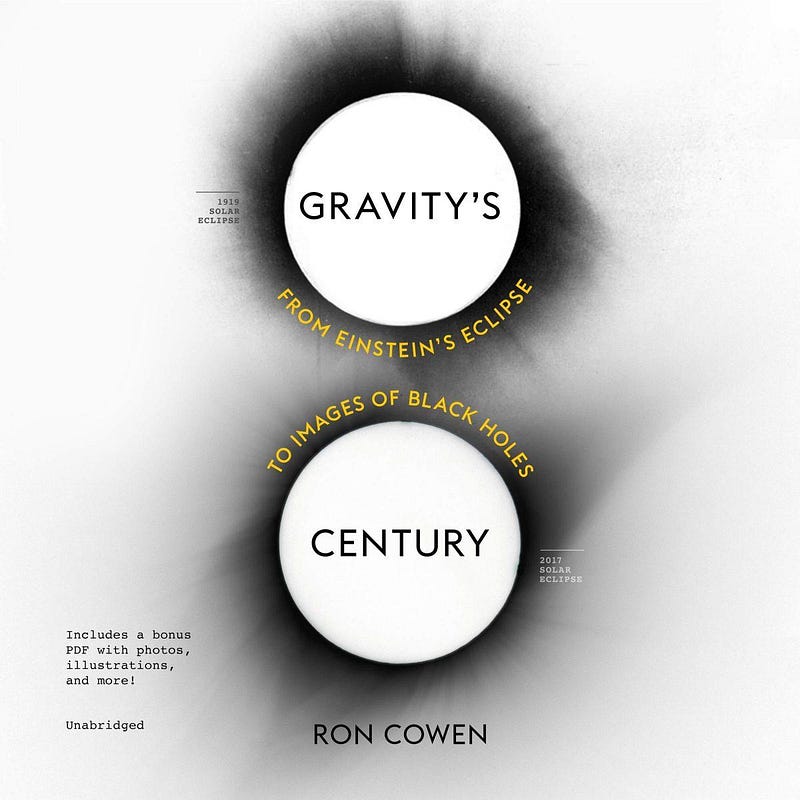
Gravity’s Century: From Einstein’s Eclipse To Images Of Black Holes, by Ron Cowen. If At The Edge Of Time was my favorite science book to read of 2019, then Gravity’s Century is a close second. There are some extremely clever ways to visualize how gravitation works in a Universe governed by General Relativity under a wide variety of physical conditions, and Cowen explores many of the classic ways you’ve probably seen before along with some incredibly creative ones that were new, even to me.
There have been a wide variety of ways to put Einstein’s theory to the experimental test, from pulsar timing to solar system tests to nuclear physics experiments to gravitational wave detectors, and Cowen covers each and every one of them. The only thing you’ll miss are the first results from the Event Horizon Telescope, but considering the book came out a few days before that big announcement, it would be a true violation of causality if Cowen had managed to include it!
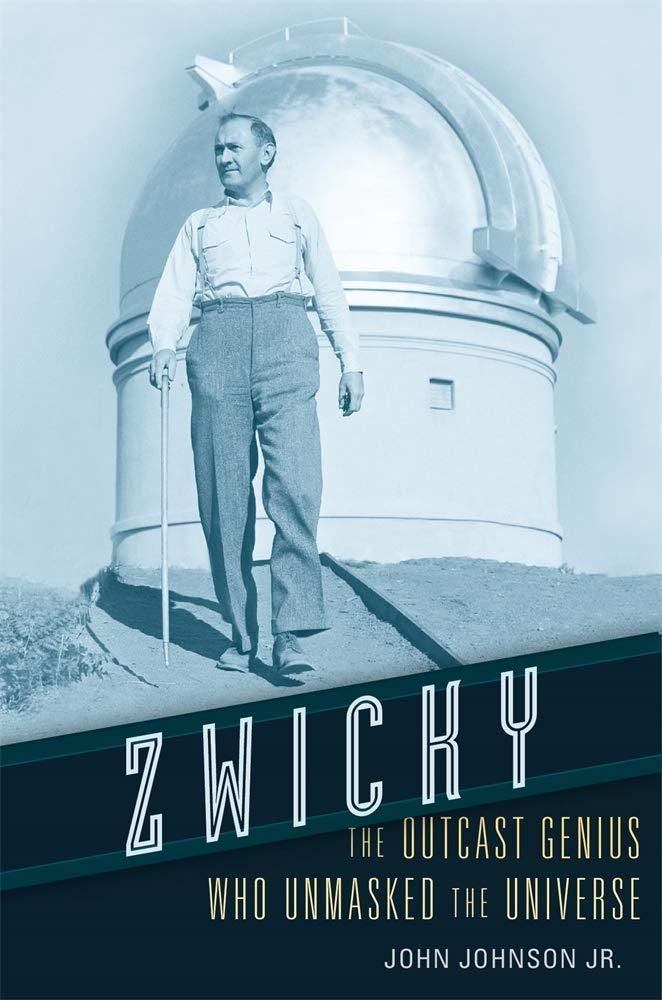
Zwicky: The Outcast Genius Who Unmasked The Universe, by John Johnson Jr. Of all the science biographies that came out in 2019, this one, about the legendary scientist Fritz Zwicky, was far and away my favorite. Zwicky was many things all at once:
- the first to suggest the existence of dark matter (for which he was derided but ultimately correct),
- someone who tried to improve telescopic views by firing a gun down the telescope’s line-of-sight (it didn’t work),
- the first person to correctly identified what a supernova was,
- a defender and proponent of wild and contradictory hypotheses (like the relativity-violating tired-light scenario),
and much more. Zwicky was creative and never afraid to reach way out of the box; yet his wild ideas didn’t just challenge the status quo, they were often correct and occasionally revolutionary. To call him prickly would be an understatement, yet when you’re brilliant and insightful and you loathe sycophants, it all adds up to form a picture of a compelling and fascinating human being. As a graduate student, I heard many stories about the fascinating Zwicky, but there were many new pieces of information in this gem of a book, even for me. If you enjoy biographies of scientists, particularly underappreciated ones, you’ll want to pick this one up for sure.
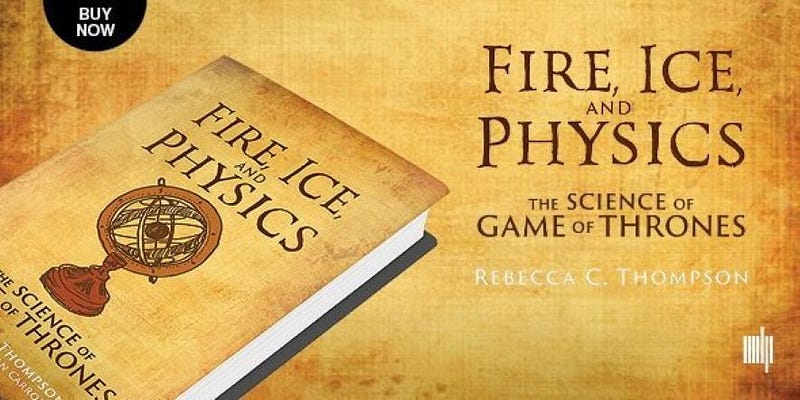
Fire, Ice, and Physics, by Rebecca C. Thompson. Have you heard of a little television show called Game of Thrones? Or the book series A Song Of Fire And Ice? You might be wondering how it all works. What’s the link between genetics and these weird Stark, Lannister, or Targaryen traits? How can you build a ice wall, for real? What can we learn about dragon biology from the books and television series? And how can you have a planet with the unpredictable seasons and chaotic winters like the world of Westeros possesses?
In Fire, Ice, and Physics, Rebecca Thompson takes us on a whirlwind tour of some of the most fascinating questions this fantasy world has to offer, using the opportunity to teach us about a variety of physical and life science topics. If you wanted the science behind the most infamous Game of Thrones deaths or to know what makes Valyrian steel so special, Fire, Ice, and Physics is the book for you this holiday season.
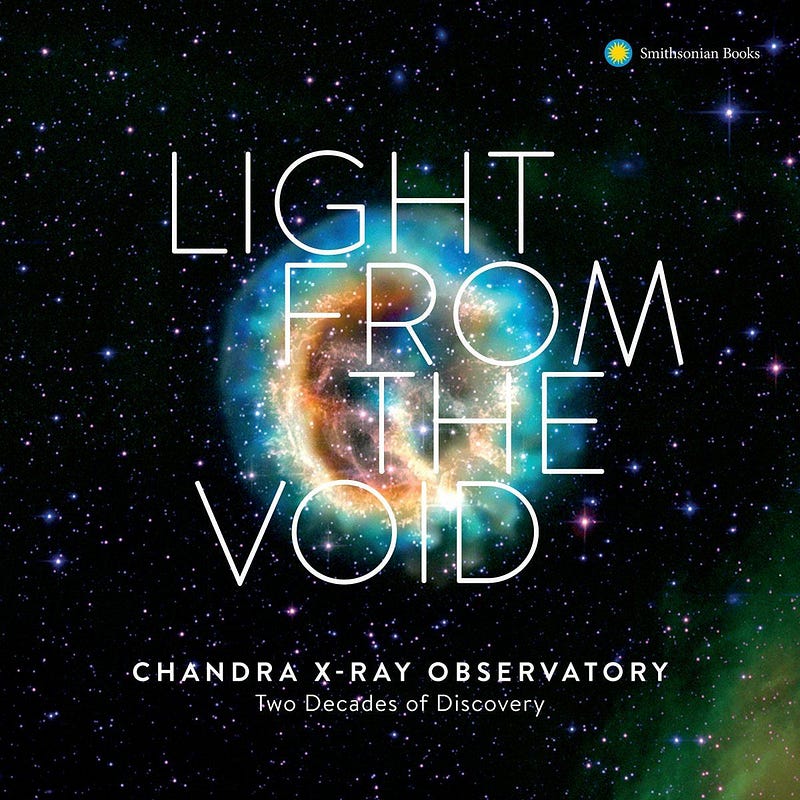
Light From The Void, by Kimberly Arcand et al. I’m a big fan of gorgeous coffee table books about space, particularly if they’re loaded with some of the most beautiful images ever taken by humanity. But in Light From The Void, a team of five scientists and science communicators specialized in X-ray space telescopes have come together to create a compendium like you’ve never seen: an informative picture-heavy book of the X-ray Universe.
There’s a very big anniversary coming up next year, when Hubble celebrates it’s 30th year in space, but NASA’s Chandra, our flagship X-ray observatory in space, is celebrating its 20th anniversary this year. To experience a side of the Universe that’s beautiful, educational, but rarely receives the attention that visible light does, don’t miss your chance to pick a copy of this one up.
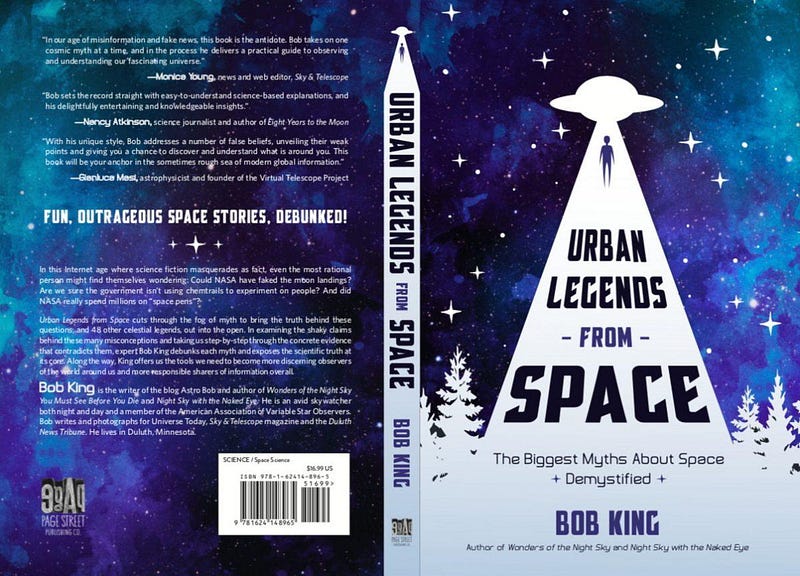
Urban Legends from Space, by Bob King. You might have heard some fantastic, almost unbelievable stories about the Universe. But are they true? And if they aren’t, what is true? In this delightful, brisk read, legendary astronomy communicator (from even the pre-internet age!) Bob King, a.k.a. Astro Bob, goes through some of the greatest myths and legends about space, from the moon landing hoax to chemtrails to the space pen and about 50 others, and reveals the scientific truths behind each one.
If you’ve never been exposed to King’s writing before, you’ll fall in love easily and wholly with his joy at experiencing and learning about the Universe. If you want an easy but fascinating read — and you aren’t fact-averse — Urban Legends from Space is a winner.
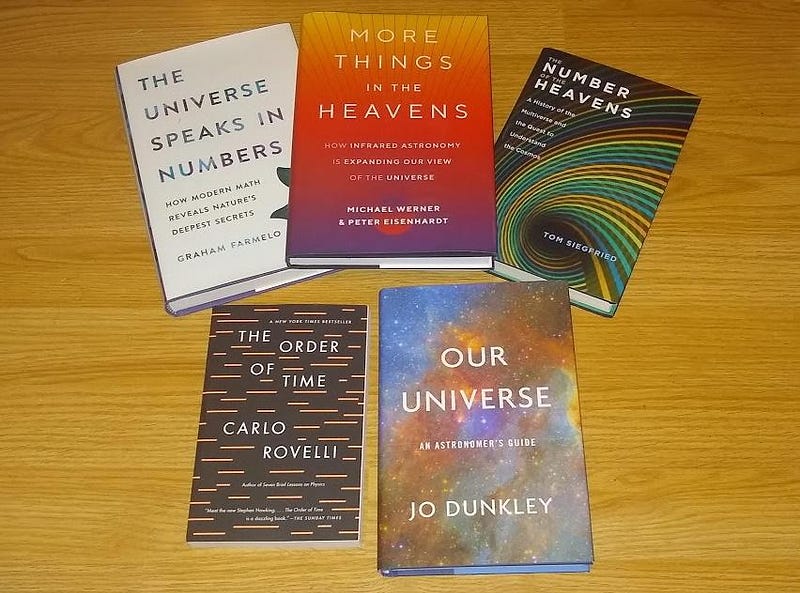
There are five other books that I found fascinating this year, but whereas the above books are of general interest to anyone fascinated with the Universe, these are hand-picked for those with specialized interests.
- The Universe Speaks In Numbers, by Graham Farmelo. Last year, one of my favorite books was Lost In Math, where it was argued that theorists in fundamental physics don’t know what they’re doing and are recklessly driving the field down a blind alley. This year, Graham Farmelo’s new book is the riposte to that, arguing the exact opposite, and highlighting many deep possible connections (both proven and unproven) between mathematics and physics. If you like reading about math without having to do math, this is a stellar book.
- More Things In The Heavens, by Michael Werner and Peter Eisenhardt. In 2021, the James Webb Space Telescope will be launched, providing an unprecedented view of the Universe in the infrared portion of the spectrum. But before Webb, there was the Spitzer Space Telescope, one of NASA’s original flagship observatories. Why is the infrared important? What can it teach us? Why do we need to go to space to do it right? If you’re excited for Webb and you want the backstory on space-based infrared astronomy, this book is for you.
- The Number Of The Heavens, by Tom Siegfried. Do you have a case of Multiverse-mania? Are you fascinated by the idea of parallel Universes, how cosmic inflation might have created them, and whether they might be physically real or even accessible to us? The story is older than you might realize, and Siegfried goes through the history of these and many other, related ideas. Although there’s a disconnection from observable reality at many points, this is the best new book on the Multiverse out this year.
- The Order Of Time, by Carlo Rovelli. Okay, this new book came out last year, but guess what? I didn’t read it until this year. Typically, we conceive of time classically, as something that flows only forward from one moment to the next, subject to the laws of relativity. Rovelli explores that very well, and then moves on to quantum ideas of time, many of which are on (or beyond) the cutting edge of what’s accepted. If you want the perspective on time from a quantum gravity researcher who eschews string theory, you won’t want to miss this.
- Our Universe: An Astronomer’s Guide, by Jo Dunkley. Forget the speculative; what do we actually know, and what do our observations reveal that allows us to piece that knowledge together? Combining observational cosmology with a solid theoretical framework, Dunkley’s Our Universe takes us on a cosmic tour, starting nearby, out in space and back in time, culminating in our modern frontiers of knowledge and how we’ll push them even farther. From one of the newest Breakthrough Prize winners, this is a book any future observational or theoretical astrophysicist would love to have.
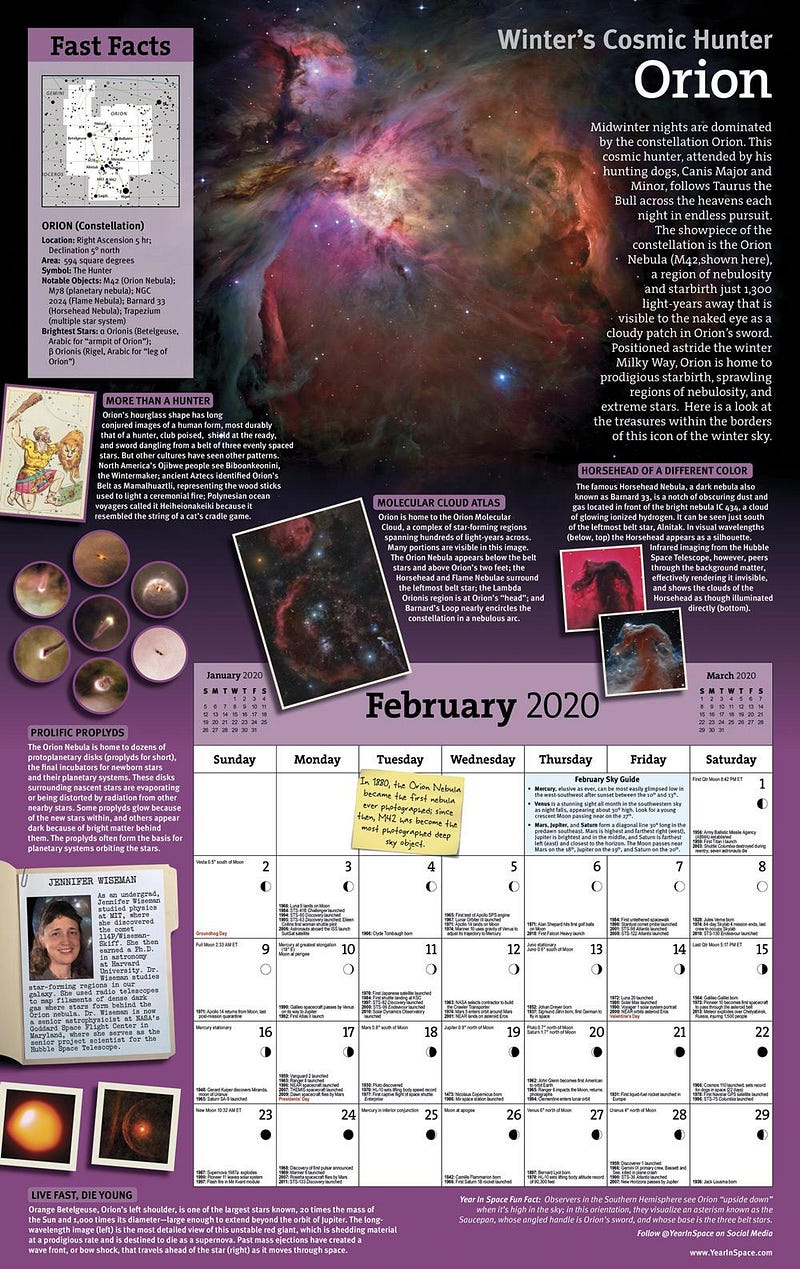
The 2020 Year In Space Calendar. Sure, we all do our calendars online now for keeping track of meetings, appointments, and responsibilities, but many of us still prefer the joy, information, and hands-on interactivity that a physical calendar provides. And if you’re a space enthusiast of any variety, you absolutely cannot do better than the Year In Space’s annual wall calendar.
Every month, you’re treated to:
- a beautiful, full-color, iconic image atop the page,
- laden with informative facts and historical explainers,
- with a biography of an astronomer or astronaut,
- and dozens of historical anniversaries and upcoming astronomical events.
There’s only one wall calendar I actually use and read and refer to almost daily, and this has been my go-to calendar for the better part of the 2010s. Pick up a copy and you might get hooked, like I am, too.

The Moon Hat, by Star In A Star. Last year, I wrote about this Moon Hat and happily wore it as my main hat during all but the coldest winter days. Then, a few weeks ago, I lost it and immediately ordered another one, and realized that, hey, if I like a product this much to buy another one immediately, shouldn’t I let people know about it once again?
Well, not only will I tell you about my preference for a knit hat, but I’ll let you in on two other accessories by the same creator: the baseball cap version of the Moon Hat, for those of you who prefer a totally different style, and a fun accessory you can hang on your window called a Sun Tracker, which will allow you to trace out the Sun’s path over the year and make your own analemma! (Explainer if you don’t know what that is.) You can access all of Star In A Star’s products directly here.

The Moon Puzzle, by Four Point Puzzles. Do you like puzzles, or know someone who does? Well, unlike most puzzles, which are rectangular in nature, this unique Moon Puzzle by Four Point Puzzles is completely circular. Comprised of 1,000 pieces, it presents an entirely unique challenge as compared to solid-border puzzles, and should keep even very competent puzzle enthusiasts busy for significantly longer than normal.
Of course, this is also based on the most scientifically accurate, up-to-date NASA mosaics of the Moon, and when you do complete the puzzle, you get to experience the joy at having created, in your own way, a full Moon from scratch! It’s a fantastic and novel way to experience the Moon for yourself, and on the 50th anniversary of the first Apollo Moon landings, there’s perhaps no better video to commemorate it than this adorable and somehow awe-inspiring one they put together.
Enjoy your holiday season, and happy shopping!
Ethan Siegel is the author of Beyond the Galaxy and Treknology. You can pre-order his third book, currently in development: the Encyclopaedia Cosmologica.


